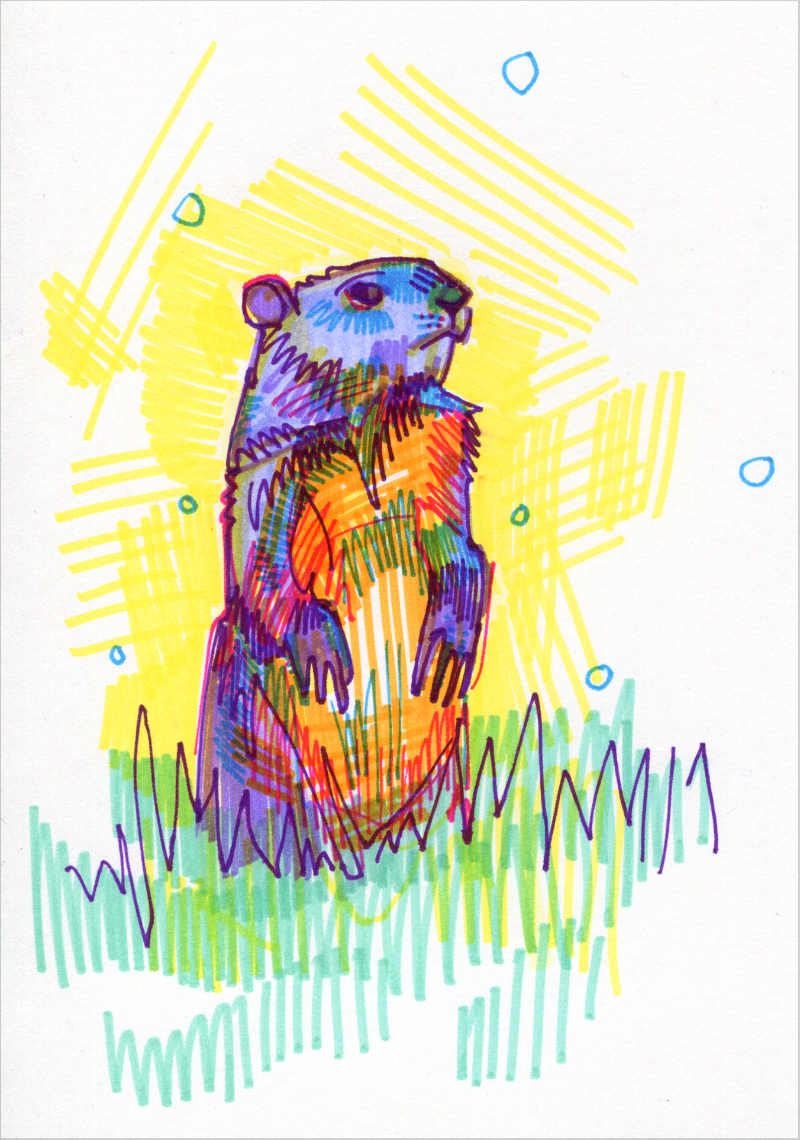Blog / 2011 / The “Too Much” and the “Too Little” of Copyright
November 3, 2011
A favorite argument for those who believe in copyright is that too little is just as dangerous as too much.
These people acknowledge that copyright law has gone too far with 100+ years of protection in most cases, but they’re adamant that doing away with copyright altogether is no good either. They say that the middle path is the wise one. And I fully agree with them—except that we define the middle path very differently.
Their middle path:
The extremes are supporting 100+ years of protection versus advocating no copyright at all, meaning that the middle is backing something like the original 14 years of copyright protection.
My middle path:
The extremes are too much concern over other people’s intellectual property versus too little regard for the way culture evolves through imitation. In other words, one extreme worries excessively about infringing on the copyright of others and the other worries obsessively about their copyright being infringed on. The middle path is removing the cause of both these types of fear: copyright.

Groundhog
2011
marker on paper
8 x 6 inches
Copyright used to make sense. Publishing a work of any kind and really getting it seen by a large audience used to be labor-intensive and require a lot of expensive equipment. This meant that creatives needed to partner with companies that could get their content to the world. They needed to give their right to copy the work to someone, and they needed to have that right be exclusive so that the someone who does the printing and promoting could also make a profit.
But that was then. Today publishing is still labor-intensive and it still requires an investment in equipment, but it’s on a different level. Most of us can be our own publishers, and, with the amazing distribution capacity of the interwebs, we don’t actually need to partner with a company in order to make our work accessible to an audience.
Copyright isn’t helping artists make money these days. Corporations are the ones who continue to profit from this outdated paradigm for creative productivity.
Maybe this post made you think of something you want to share with me? Or perhaps you have a question about my art? I’d love to hear from you!
To receive an email every time I publish a new article or video, sign up for my special mailing list.
If you enjoyed this post, Ko-fi allows you to donate. Every dollar you give is worth a bajillion to me!



